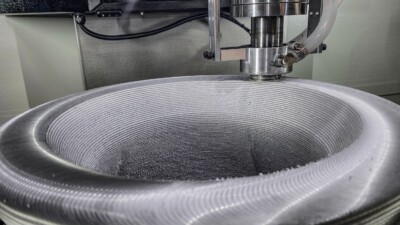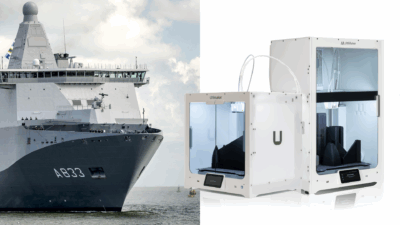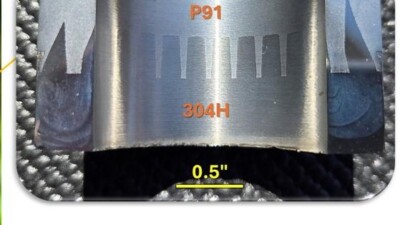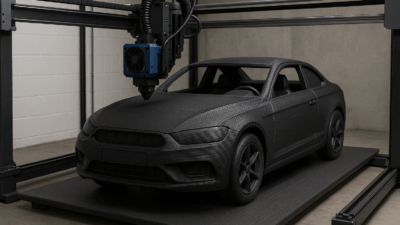New research combines silica particles with calcium and phosphate ions to create printable glass gel.
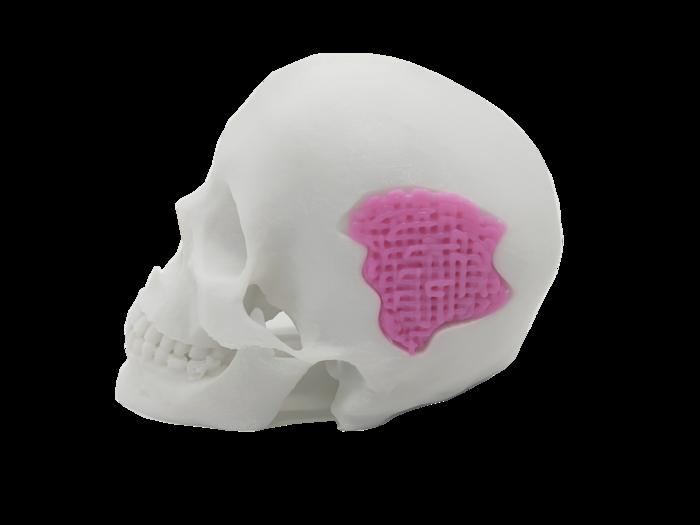
This 3D-printable bio-active glass (shown in pink) could one day be used as a bone substitute. (IMAGE: ACS Nano)
Additive manufacturing (AM) has advanced healthcare and the medical device industry is numerous ways, from orthotics and prosthetics to 3D printed scaffolds for organ and tissue transplants. Aside from the aerospace industry, you’d be hard-pressed to find a better use case for AM than in medical. The ability to 3D print highly customizes devices, often using exotic or difficult-to-machine materials, makes the technology a natural fit for an industry where every custom is truly unique.
One of the latest advancements in this vein comes from more than half a dozen researchers based in China, representing Chonqing Medical University, Dalian University of Technology, and Henan Polytechnic University, among others. Together, they’ve developed a 3D printable bio-active glass that can serve as a replacement material for bone tissue. According to the researchers, in their experimental trials with rabbits, the 3D printed glass sustained bone growth even better than a commercially available bone substitute.
The reasons for using glass in this particular application are that its crystalline structure exhibits similar material properties to bone and its primary ingredient, silica, can be liquified and printed. What sets this material apart from other 3D printed silicates is its biocompatibility and lower fusing temperature.
The researchers combined oppositely charged silica particles as well as calcium and phosphate ions – both known to induce bone cell formation – to form a printable, bio-active glass gel. After shaping the glass with a 3D printer, they hardened it into its final shape in a furnace at 1,300 F (700 C). They then tested the new bio-glass against a 3D printed plain silica glass gel and a commercially available dental bone substitute by repairing skull damage in living rabbits.
Although the commercial product grew bone faster, the bio-glass sustained growth longer; after 8 weeks, most bone cells present had grown on the bio-glass scaffold. The researchers say that this work demonstrates an easy, low-cost way to 3D print a bio-glass bone substitute, which could have wide-ranging applications across medicine and engineering.
While titanium is often the go-to additive material for bone implants due to its light weight and biocompatibility, its higher strength makes it more difficult to use as a direct substitute. As a result, biomedical engineers may need to use considerable computational resources to model and simulate adjustments in the replacement titanium part’s geometry, in order to avoid causing damage to the patient via post-surgical activity. If this alternative proves viable, it could make an enormous difference to the use of bone substitutes via additive manufacturing.
The research is published in the journal ACS Nano.
